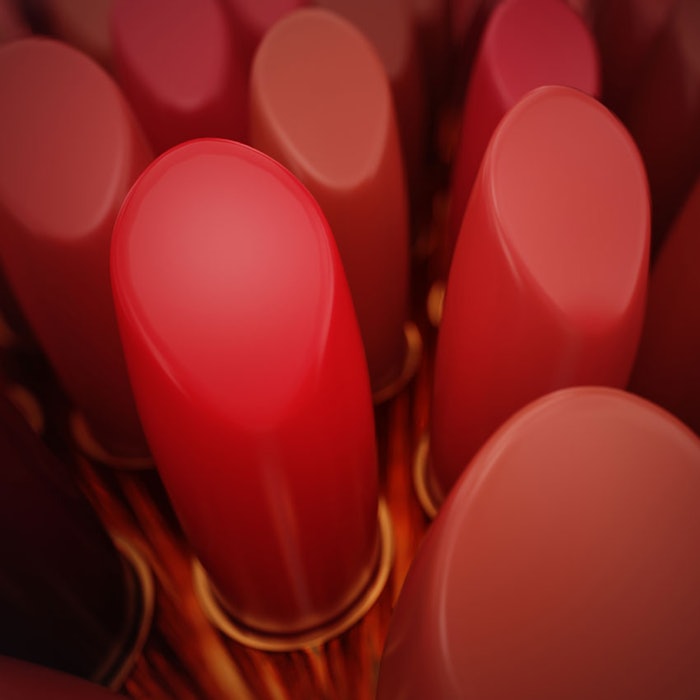
In a new guidance document drafted by the U.S. Food and Drug Administration (FDA), the agency recommends 10 ppm as the maximum level of lead impurities allowed in lip and cosmetic products. Do you agree? The comment period is now open; visit the agency's website to submit feedback.
Why 10 ppm?
According to the FDA, the 10 ppm level for cosmetic lip products and externally applied cosmetics was determined to pose no health risk. For the full discussion on this scientific and legal rationale, see the agency's supporting document. This level also is consistent with lead limits for similar products recommended by other countries.
This level also was deemed achievable under good manufacturing practices. Between the years 2007 and 2013, more than 550 lip products and cosmetics were evaluated for lead content. The lead levels found in lip products ranged from 0.026 ppm to 7.19 ppm, in one lipstick. The average lead concentration was 1.09 ppm.
For cosmetic products including eye shadows, blushes, body lotions, mascaras, foundations, body powders, compact powders, shaving creams and face paints, lead levels ranged from 0.0084 ppm to 14 ppm, in one eye shadow and one blush. The average lead concentration ranged from below the detection limit to 4.6 ppm in compact powders.
The agency concluded the products sampled were, for the most part, well below 10 ppm, leading to the expectation that this level is achievable by all manufacturers.
"Our goal is to ensure that cosmetic lip products and externally applied cosmetics do not contain lead as an impurity at levels that would pose a health risk," the agency wrote. "We have determined that a maximum level of 10 ppm in cosmetic lip products and externally applied cosmetics would not pose a health risk, but we encourage manufacturers of these products to follow or continue to follow manufacturing practices that allow them to achieve levels of lead lower than 10 ppm whenever feasible."
Furthermore, modern analytical capabilities permit the determination of lead at ppm levels, enabling manufacturers to avoid ingredients with unacceptably high levels of lead.
This 10 ppm limit would apply to products including lipsticks, glosses and lip liners as well as eye shadows, blushes, shampoos and body lotions. The agency noted this guidance does not apply to topically applied products classified as drugs or to hair dyes that contain lead acetate.
Color Additives vs. Cosmetics
As an aside, the agency highlighted that cosmetics are not subject to pre-market approval but the color additives used in them are. And although limits for lead as an impurity in cosmetics have not previously been set, most color additives already have specifications for lead as a requirement for their safe use.










